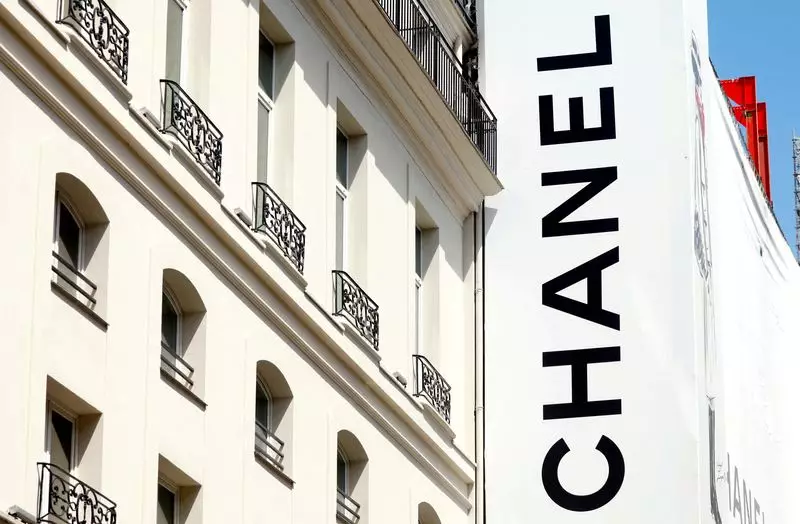In the wake of Chanel’s top designer’s departure, the $1.62 trillion luxury goods industry is experiencing significant upheaval. This departure has sent ripples not only through Chanel but across all major global players at a time when the industry as a whole is at a crossroads.
Traditionally, the playbook for top fashion labels like Chanel, Louis Vuitton, and Dior has been to heavily market new styles from high-profile designers while significantly boosting retail prices. This strategy has seen major luxury companies hiked product prices by an average of 33% since 2019, accounting for half of the industry’s organic sales growth in the past two years. However, the rapidly increasing cost of living worldwide has made consumers more discerning, posing challenges to these companies’ core strategies.
Chanel, the second-largest luxury label after Louis Vuitton, reported a 16% sales growth last year, reaching nearly $20 billion in revenue. Virginie Viard, Chanel’s designer, played a significant role in this growth after succeeding Karl Lagerfeld in 2019. Viard’s departure has sparked speculation about her replacement. However, consumers have been critical of Chanel’s multi-year spike in bag prices, with the classic flap bag now costing over 10,000 euros. This has led to concerns that the industry, as a whole, may have pushed prices too high, potentially alienating consumers.
Investors in luxury goods companies are also expressing concerns about the sector’s steep price hikes and the potential lack of fresh ideas. The fear is that these price increases may have priced out or alienated consumers, limiting growth opportunities in the short term. Luxury executives are beginning to acknowledge that the downturn has significantly narrowed the number of shoppers able to afford high-end products, necessitating a shift in strategies to appeal to a broader consumer base.
As consumers become more price-conscious, luxury brands are facing pressure to justify further price hikes. Some brands, like Saint Laurent and Gucci, are adjusting their pricing strategies to align with current market demands. Saint Laurent, a Kering-owned label, has even lowered prices on some products, while Gucci aims to appeal to both affluent and aspirational shoppers with a range of products at various price points. Larger luxury brands must adapt to cater to both younger, more aspirational consumers and the ultra-wealthy clientele to remain relevant in an evolving market.
The luxury goods industry is undergoing a significant transformation as consumer behaviors, market dynamics, and economic conditions continue to evolve. The departure of top designers, the impact of price hikes, and the need for fresh ideas are all factors that luxury brands must navigate to sustain their growth and relevance in an increasingly competitive landscape.

